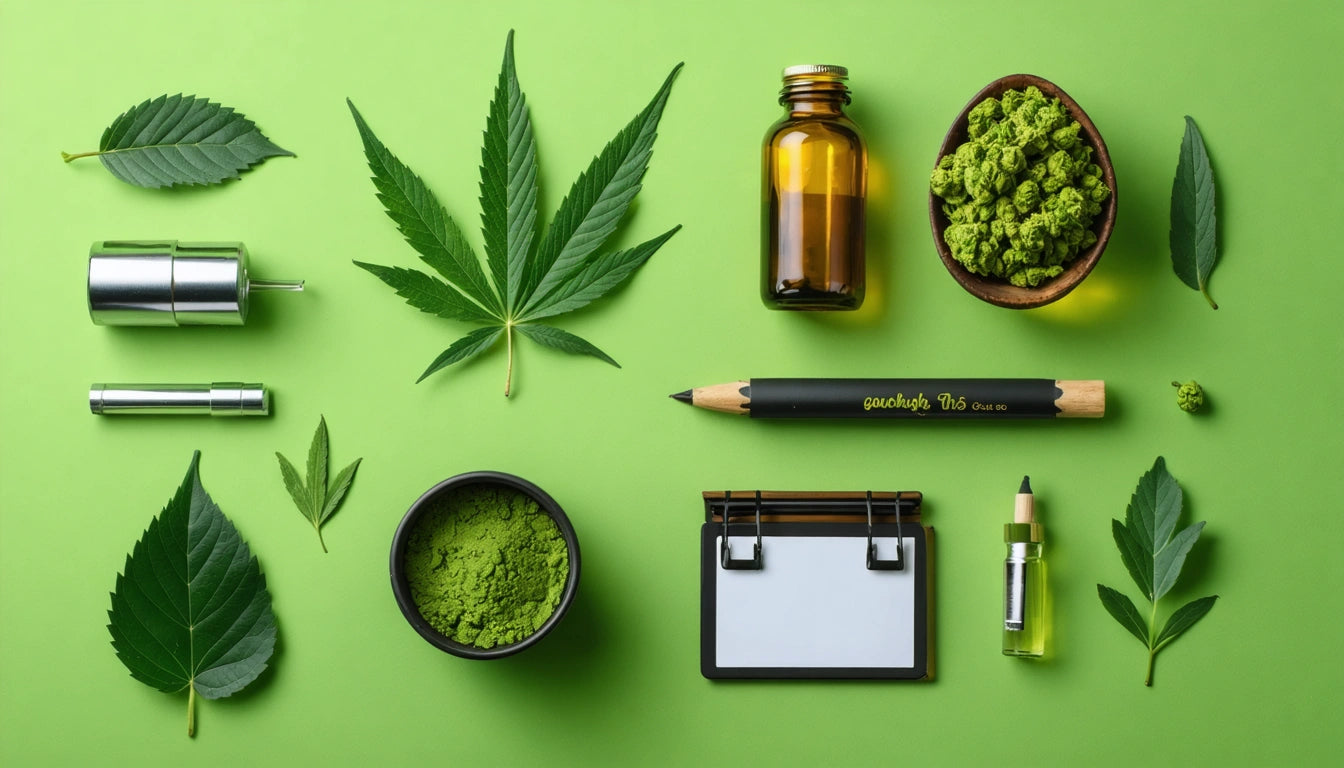Table of Contents
- Understanding Hemp: A Versatile Plant with Countless Applications
- How to Use Hemp Wick for a Cleaner Smoking Experience
- How to Make Hempcrete: A Sustainable Building Material
- Creating Hemp Paper: A Sustainable Alternative
- Crafting Hemp Rope: A Step-by-Step Guide
- Producing Hemp Fabric and Cloth: From Plant to Textile
- Hemp Innovation: Future Applications and Sustainability Impact
Exploring the Versatile Uses and DIY Creations of Hemp Products
Hemp stands as one of the most versatile plants on the planet, offering sustainable alternatives to many everyday products. From building materials to textiles, paper to fuel, the applications seem endless. This guide explores how to create various hemp products yourself and the proper techniques for using them effectively.
Understanding Hemp: A Versatile Plant with Countless Applications
Hemp, a variety of Cannabis sativa, contains minimal THC (less than 0.3%) and has been cultivated for thousands of years for its fiber, seeds, and oil. Understanding the hemp plant is essential before attempting to create products from it.
The plant consists of several usable components:
- The outer fibers (bast) for textiles, rope, and paper
- The woody inner core (hurd) for hempcrete and building materials
- Seeds for food, oil, and health supplements
- Leaves and flowers for CBD extraction
Each part requires different processing methods to transform into usable materials. For those interested in growing their own, our guide to growing and harvesting hemp provides detailed instructions.
How to Use Hemp Wick for a Cleaner Smoking Experience
Hemp wick has gained popularity as a natural alternative to butane lighters. Learning how to use hemp wick properly can enhance your smoking experience.
Step-by-Step Guide to Using Hemp Wick:
- Unwind a few inches of hemp wick from the spool
- Light the end with a match or lighter
- Let it burn for a moment to establish a steady flame
- Use the lit wick to light your smoking material
- Extinguish by gently blowing out or dipping in water
Hemp wick burns at a lower temperature than butane lighters, potentially preserving more terpenes and offering a cleaner taste. For optimal preservation of your herbs, consider using humidity control packs that maintain freshness alongside your hemp wick for the perfect smoking setup.
How to Make Hempcrete: A Sustainable Building Material
Hempcrete is a biocomposite material that combines hemp hurds with lime and water. Learning how to make hempcrete can provide you with a sustainable building material that's lightweight, insulating, and carbon-negative.
Basic Hempcrete Recipe:
- 4 parts hemp hurd (by volume)
- 1 part hydraulic lime binder
- 1 part water (adjust as needed)
Mixing and Application Process:
- Mix the dry lime binder with water until smooth
- Gradually add hemp hurds, ensuring even coating
- Mix thoroughly until all materials are integrated
- Pack into forms or apply directly to frame structures
- Allow to cure for 4-6 weeks for optimal hardening
Hempcrete isn't load-bearing but provides excellent insulation and moisture regulation. It's fireproof, pest-resistant, and continues to absorb carbon dioxide as it cures, making it an environmentally friendly choice for construction projects.
Creating Hemp Paper: A Sustainable Alternative
Hemp paper was one of the earliest applications of the plant. Learning how to make hemp paper allows you to create a sustainable alternative to wood-based paper that's stronger and more resistant to degradation.
Hemp Paper Making Process:
- Break down hemp fibers through retting (soaking in water)
- Cook fibers with soda ash solution to remove lignin
- Rinse thoroughly and beat into pulp
- Spread pulp evenly on a screen frame
- Press to remove excess water
- Allow to dry completely
Hemp paper requires significantly less processing than wood pulp paper and can be recycled more times. For more detailed information on hemp's environmental benefits, check out our article on hemp production and benefits over traditional materials.
Crafting Hemp Rope: A Step-by-Step Guide
Hemp rope has been used for centuries due to its strength and durability. If you're wondering how to make hemp rope, the process involves transforming raw hemp fibers into twisted cordage.
Basic Hemp Rope Making Steps:
- Prepare hemp fibers by combing (hackling) to align them
- Divide fibers into equal strands
- Twist individual strands clockwise
- Combine strands by twisting counterclockwise
- Continue twisting and adding fibers to extend length
The resulting rope is naturally resistant to rot, mold, and UV damage, making it ideal for outdoor applications. Hemp rope doesn't require chemical treatments, unlike many synthetic alternatives, making it environmentally friendly and biodegradable.
Producing Hemp Fabric and Cloth: From Plant to Textile
Hemp fabric is renowned for its durability and sustainability. Learning how to make hemp fabric involves several steps to transform raw fibers into wearable textiles.
Hemp Fabric Production Process:
- Harvest and ret hemp stalks to separate fibers
- Decorticate to remove outer fiber from the woody core
- Scutch and hackle fibers to clean and align them
- Spin fibers into yarn or thread
- Weave or knit yarn into fabric
- Soften through washing or enzyme treatment
Hemp fabric becomes softer with each washing while maintaining its strength. It's naturally antibacterial, UV-resistant, and requires less water to grow compared to cotton. For more information on using hemp seeds in cooking and crafting, visit our guide on growing and utilizing hemp seeds.
Hemp Innovation: Future Applications and Sustainability Impact
As hemp production continues to expand globally, innovations in processing and application are emerging rapidly. From hemp bioplastics to advanced textiles and construction materials, the future of hemp products looks promising.
The sustainability impact of switching from traditional materials to hemp-based alternatives is significant. Hemp requires fewer pesticides, grows quickly, improves soil health, and sequesters carbon effectively. By learning how to make hemp products yourself, you're participating in a movement toward more sustainable living practices.
Whether you're interested in how to use hemp wick for a cleaner smoking experience or how to make hempcrete for sustainable building projects, hemp's versatility offers something for everyone. As regulations continue to evolve and processing technology improves, we can expect even more innovative applications for this remarkable plant.











Leave a comment
All comments are moderated before being published.
This site is protected by hCaptcha and the hCaptcha Privacy Policy and Terms of Service apply.